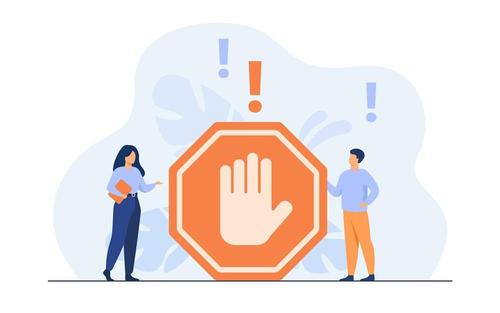Young person risk assessment form template


Use this model young persons risk assessment to help identify any risks associated with a young person in the workplace, and implement safe working measures.
- Includes Young person risk assessment form template + 12 months’ access, with all updates to this page provided free of charge and notified to you.
- UK-specific accuracy.
- 428 words over 2 pages.
- Last updated 09/09/2022.
- Format: Word / XLS / plain text / email.
- Delivery: Instant download after purchase (no physical item).
- Access: Download link shown here after checkout.
- This Young person risk assessment form template will SAVE you up to 1 hour 30 mins drafting & research. Save cost. Reduce risk.
Young person risk assessment
Under the Management of Health and Safety at Work Regulations, we have a responsibility to ensure that young people (under the age of 18) employed by us are not exposed to risk due to their lack of experience, being unaware of existing or potential risks and/or lack of maturity.
When employing a person under the age of 18, whether for work or work experience, we have the same responsibilities for their health, safety and welfare as we do for other employees.
| Department | |
| Date of risk assessment | |
| Name of person carrying out risk assessment | |
| Date next risk assessment due | |
| Work activity or process |
This is a 30% preview of the Young person risk assessment form template. For instant full access, purchase this item or a parent bundle.
Young person risk assessment form template
A Young Person Risk Assessment Form is a document used to evaluate and address potential risks and hazards specific to individuals who are young, typically in a workplace or educational setting.
This form helps identify and mitigate potential dangers to ensure the safety and well-being of young individuals involved in various activities or environments.
Practical application of a Young person risk assessment form template
- The Young person risk assessment form template should be actioned / delivered as soon as reasonably practical.
Compliance
Compliance
This Young person risk assessment form template incorporates relevant UK laws and HR standards, including those listed below:
Under health and safety law, you mush assess the risks to young people under 18 years old, before they start work / work experience and tell them what the risks are.
An employer must assess the risk of a person's ability and should take into account:
-
Inexperience
-
Lack of awareness of risk
-
Immaturity
-
Layout of working area
-
Form, range and use of equipment
-
Manual handling
-
Exposure to biological or chemical agents
-
Exposure to heat, noise and vibration
-
Extent of training required
Young person risk assessment workflow
Young person risk assessment workflow
Check which resources should be implemeted before and/or after the Young person risk assessment form template, to understand the workflow.
Accident investigation form
A clear accident investigation form template to record incidents, identify causes, and implement corrective actions effectively.
Safe System of Work (SSOW)
A safe system of work plan that outlines hazards, controls, procedures and responsibilities to ensure tasks are carried out safely and legally.
Frequently Asked Questions about a Young person risk assessment form template
Frequently Asked Questions about a Young person risk assessment form template
-
Can I use this template in my small business?
Yes. The Young person risk assessment form template is designed to be flexible and suitable for organisations of all sizes, including small businesses and charities. It follows UK employment law best practice, so even if you don't have an in-house HR team, you can confidently apply it.
-
Is the Young person risk assessment form template compliant with 2026 UK employment law?
Absolutely. All of our templates are drafted with the latest ACAS guidance and UK employment legislation in mind. We review and update them regularly, so you can be confident they remain compliant.
-
Can I customise it for my organisation?
Yes, we highlight the areas that you need to update with your own details, and where you need to make decisions to suit your situation. This saves you time and ensures that you meet best practice.
-
Do I get instant access?
Yes. Once purchased, you'll be able to download it instantly. Templates are provided in editable Word or Excel format so you can customise them easily, and in PDF format for easy sharing.
-
What if I need more help, not just this template?
If you're looking for broader support, we also offer toolkits and library bundles that include this template, along with other HR templates and policies for fully managing your situation. These may be more cost-effective if you need deeper advice.
-
Why should I use this, and not AI to generate this template?
The risk of using a free AI-generated template 'without review' includes your legal exposure, missing context, and no awareness of the wider process. Purchasing from us mitigates that risk.